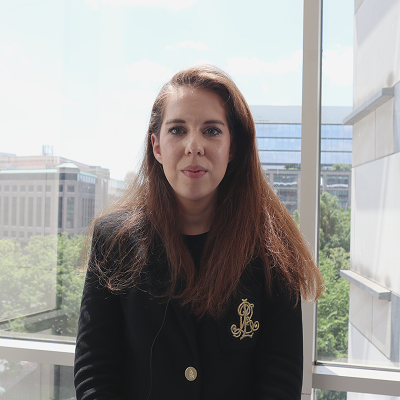Roos told ScienceBoard.net at the American Society of Gene & Cell Therapy (ASGCT) 2022 annual meeting in Washington, DC, that the technology needed to take cell therapy to the next level with 3D bioprinting of human tissues is very complex.
Through the microfluidic 3D bioprinting of human tissues, Aspect is working to advance internal tissue therapeutic programs for regenerative medicine, with an initial focus on metabolic diseases such as type 1 diabetes and liver disease.
"The technology is really not about building an organ that would replace an organ," Roos said. "For example, a person that has type 1 diabetes has lost the function to maintain glucose at appropriate levels and can't control that metabolic function. They don't necessarily need a new pancreas, but they need to replace that lost function."
Roos said the goal in the case of a patient with diabetes is to "create that tissue that will provide that function, but not necessarily be a printed pancreas." Aspect is also forging external R&D partnerships with biopharmaceutical innovators in tissue engineering in fields such as orthopedics, neuroscience, and ophthalmology.
Watch the video below to learn more.
Copyright © 2022 scienceboard.net
Last Updated 7/20/2022 2:23:11 PM













